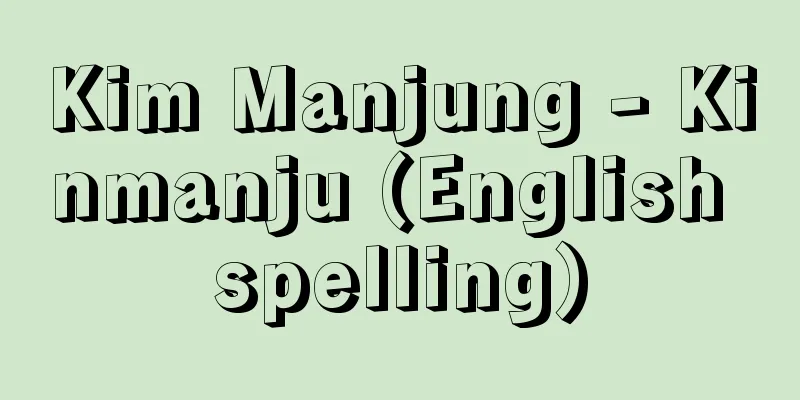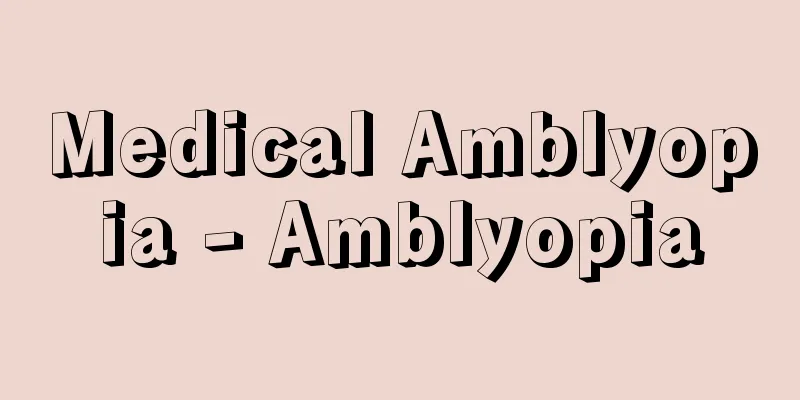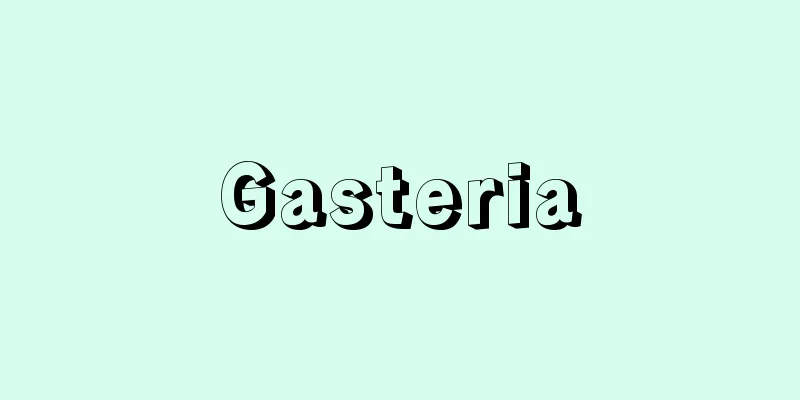Group - Group

|
A group of individuals formed by the connection of new individuals resulting from division or budding. It is found in various groups of marine invertebrates, such as protozoa, sponges, cnidarians, bryozoans (external proctosa), and ascidians (protochordata). Individuals that form a colony are called zooids or members. Colonies are morphologically classified into linear, dendritic, spherical, and plexus-like colonies, and can be sessile, free-floating, or creeping. The degree of integration of a colony varies, from those in which zooids are simply connected by shells or other structures to those in which stimuli are transmitted between zooids by a nervous system and the zooids move in an integrated manner. Examples of the most highly integrated colonies can be found in siphonozoans (cnidarians) and bryozoans. In the siphonophore, the individual zooids are morphologically and functionally differentiated into floats, trophozoites, reproductive bodies, tentacles, etc., which gather together to form a colony that can capture and digest food through highly coordinated movements, or escape in the opposite direction when exposed to stimuli. Since such a colony arises from division of a single fertilized egg, it can be considered as a single individual, but in sponges, adjacent colonies of the same species can combine to form a single colony, and from a phylogenetic perspective, it is more correct to consider that the individual zooids that originally lived alone gathered together to form a colony. [Kita Minoru] Zoonoses that have differentiated into pneumatophores (swim bladders), trophozoites (nutritional zooids), gametes, tentacles, etc. gather together to form a colony. The pneumatophores act as floats and float on the water surface. © Underwater Fort Enterprise, Isamu Soyama "> Morphology (ecology) of Portuguese man-of-war Source: Shogakukan Encyclopedia Nipponica About Encyclopedia Nipponica Information | Legend |
|
分裂または出芽によって生じた新たな個体が互いに連結されてできた個体の集合。原生動物、海綿動物、刺胞(しほう)動物、コケムシ類(外肛(がいこう)動物)、ホヤ類(原索(げんさく)動物)など、主として海産無脊椎(むせきつい)動物のさまざまなグループにみられる。群体を形成する個体を個虫または個員とよぶ。群体は形態上から線状群体、樹状群体、球状群体、叢状群体(そうじょうぐんたい)などに区別され、また固着性、浮遊性、匍匐(ほふく)性のものがある。群体の統合の程度はさまざまであり、個虫どうしが単に殻などによって連結されているだけのものから、個虫間に神経系による刺激の伝達がみられ全体として統合された動きをみせるものまである。クダクラゲ類(刺胞動物)やコケムシ類ではもっとも高度に統合された群体の例がみられる。クダクラゲ類のカツオノエボシでは、個虫が、浮き・栄養体・生殖体・触手などに形態的・機能的に分化しており、これらが集合して一つの群体を形成するが、それは高度に統合された動きによって餌(えさ)をとらえて消化し、あるいは刺激に対して逆方向に逃避することができる。このような群体が単一の受精卵から分裂によって生じるという点からも、それを一つの個体と考えることもできるが、海綿などでは同種の隣接した群体が合体して一つの群体となることもあり、また系統発生的にも、もともと単独生活を営んでいた個虫が集合して群体を生じたと考えるのが正しい。 [喜多 実] 気胞体(浮き袋)・栄養体(栄養個虫)・生殖体・触手などに分化した個虫が集合して一つの群体を形成する。気泡体が浮きとなって水面を漂う©水中フォート・エンタープライズ 楚山いさむ"> カツオノエボシの形態(生態) 出典 小学館 日本大百科全書(ニッポニカ)日本大百科全書(ニッポニカ)について 情報 | 凡例 |
<<: County magistrate - Gundai
>>: Army - Guntai (English spelling) army
Recommend
Affiliated organizations - Gaikaku dan tai
A general term for organizations that are separat...
Mothers' Conference - Hahaoya Taikai
The purpose of this conference is to discuss vario...
Shibata [city] - Shibata
A city in northern Niigata Prefecture. It was inco...
Bunford, S.
... As for works from other countries, we cannot ...
Pointe‐Noire (English spelling)
A port city facing the Atlantic Ocean in the south...
Processing statistics - Kakotokei
…Normal economic statistics are primary statistic...
Puparium
…The slug moth makes a hard, elliptical cocoon (s...
Namur - Namur (English spelling)
The capital of the province of Namur in south-cen...
Amatole
Amatol is an explosive made by mixing ammonium nit...
Nostalgia - Boukyou
A novel by Ikeya Shinzaburo, published in 1925. It...
Pilgrim Fathers
The English Separatist Puritans came to New Englan...
Cheer squad - Ouendan
A group formed to cheer on players on their team ...
flat peach (English spelling) flatpeach
… [Classification] Peach varieties are classified...
opéra comique (English spelling)
...The opera seria (serious opera) in Italy and t...
Kusatsu Ferry - I am Kusatsu
...It is located in the northwest of the confluen...

![Kakunodate [town] - Kakunodate](/upload/images/67cb2f6155c12.webp)
![Hirata [village] - Hirata](/upload/images/67cca55e673fb.webp)
![Ueki [town] - Ueki](/upload/images/67caf98a197e6.webp)





